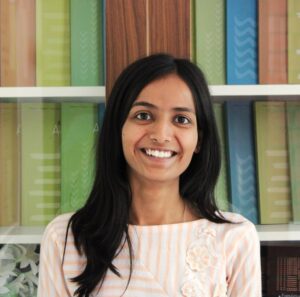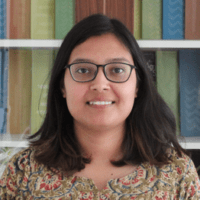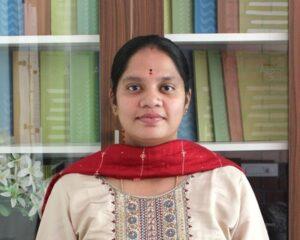The findings of a recently published research article meticulously rebut the many claims of declining poverty in India.
On Wednesday, December 18, 2024, the Foundation for Agrarian Studies (FAS), Bengaluru, organised an online panel discussion on “Measuring Poverty in India.” This event was organised in the backdrop of the release of the Household Consumption and Expenditure Survey (HCES) 2022–23 by the Government of India which has reignited discussions on poverty. While initial reports based on this dataset suggested poverty levels had dropped to around 10%, a recent article in the Review of Agrarian Studies found that over a quarter of India’s population is below the poverty line. This finding significantly reframes the poverty discourse in India.
The event, chaired by Madhura Swaminathan, Professor, Indian Statistical Institute, comprised a panel of esteemed experts from the field of economics and development: Gaurav Datt, Associate Professor, Monash University; Himanshu, Associate Professor, Jawaharlal Nehru University; P. C. Mohanan, Chairman, Kerala State Statistical Commission; and R. Ramakumar, Professor, Tata Institute of Social Sciences.
The event began with a presentation by Sethu C. A., Senior Research Assistant, FAS, and one of the authors, on the findings of their article. The presentation briefly outlined the background of poverty estimation in India with a focus on the method proposed by the Expert Group (Rangarajan). Using this method, the poverty line in 2022–23 for rural areas was estimated to be Rs 2,515 and Rs 3,639 for urban areas. This resulted in an overall poverty head-count ratio of 26.4%. “Using a low poverty line threshold, that too in data that possibly contains an upward bias,” concluded the author of the article, “we still found that more than one in four Indians lives in poverty.”
Gaurav Datt, despite his reservations about the Rangarajan Committee’s method, which was used in the paper under discussion, appreciated the use of a consistent methodology by the authors. He asserted the importance of resetting the poverty line as opposed to updating it. He recommended a cost of basic needs approach to estimating poverty, which would also allow comparisons over time.
Himanshu highlighted the background of the Tendulkar Committee’s method of poverty estimation and noted some important aspects of their proposed methodology. He went on to highlight the arbitrariness inherent to the Rangarajan Committee’s method, which throws up a set of challenges for any calculation that tries to build on it, such as that attempted by the article under discussion. He also expressed concern about non-sampling errors in the National Sample Surveys.
C. Mohanan focused his remarks on some issues pertaining to data collection at the field-level in the surveys of the National Sample Survey Office (NSSO) in general, and consumption surveys in particular. He congratulated the authors on carrying out the “much more elaborate exercise of recomputing the poverty lines,” but wondered whether such a detailed exercise needs to be repeated every time a new round of consumption survey data is released.
Ramakumar highlighted the importance of the efforts undertaken by the authors in recalculating the poverty line for 2022–23, and in setting a new standard to look at the issue of measuring poverty. The findings of the paper argued Ramakumar, meticulously rebuts the many claims of declining poverty in India
This was followed by an engaging Question & Answer session. The discussion centred around aspects of the proposed poverty estimation methods of the Tendulkar and Rangarajan committees.
In her remarks, the Chair, Madhura Swaminathan, drew attention to the larger problem of not having any official estimate of poverty in India. She asserted the need for having an income or expenditure metric as part of any poverty estimation method. Measures like the multi-dimensional poverty index (MDPI), unlike the Human Development Index, she clarified, do not have any income or expenditure measure at all. “MDPI is entirely based on other indicators of housing, health, education, etc. Those of us concerned with not just measuring poverty but also the real problem of ending it need to bring back the money metric in some way, even if not basing all our understanding on just using that.”
The YouTube recording can be accessed on our event page.













































































